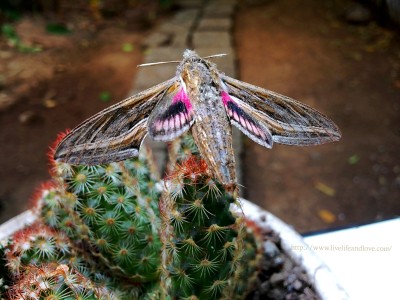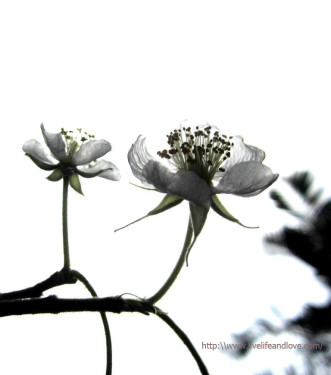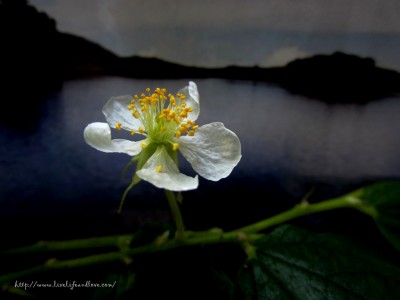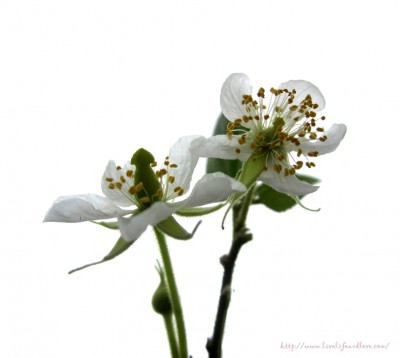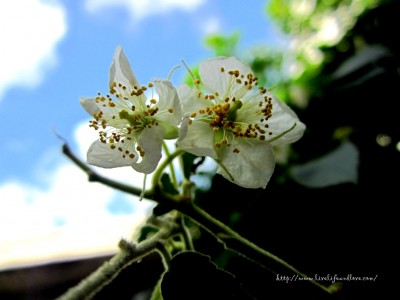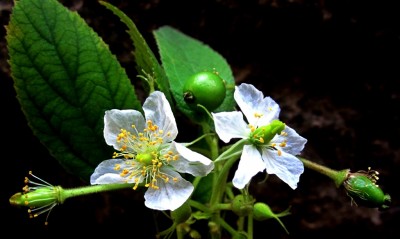The kind of moth that will come as something of a surprise, it’s another night flyer, a private hawk moth found near the garden decorative light. Just like other moths, I guess this moth was attracted to the garden lights. I’ve observed that hindwing is more attractive and colorful than the forewing. I’ve never seen one like this before. You can only see the color of the hindwings while flying. That makes it completely different to that of the butterfly, the butterfly forewing and hindwing colors are the same. I simply believed, our garden here is a natural one housing all different kinds of insects. Perhaps, without these insects, it wouldn’t be a garden anymore.
The private hawk moth hindwing is partly hidden. You can see the dark pink and light pink dotted combination of the hindwings.
The natural color of the forewings.
Note: (Click on images to view larger)

